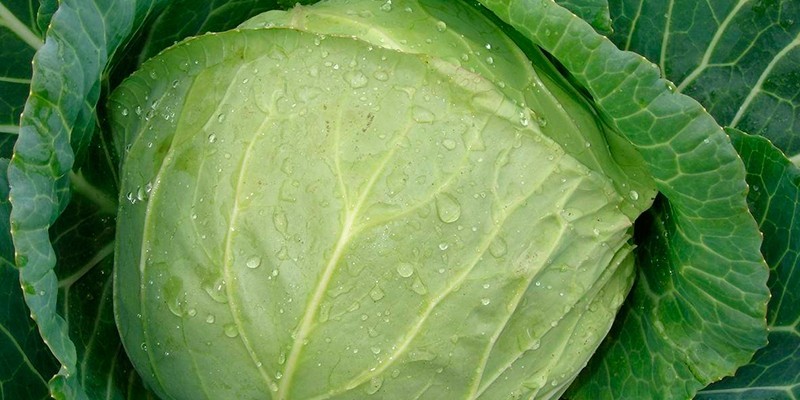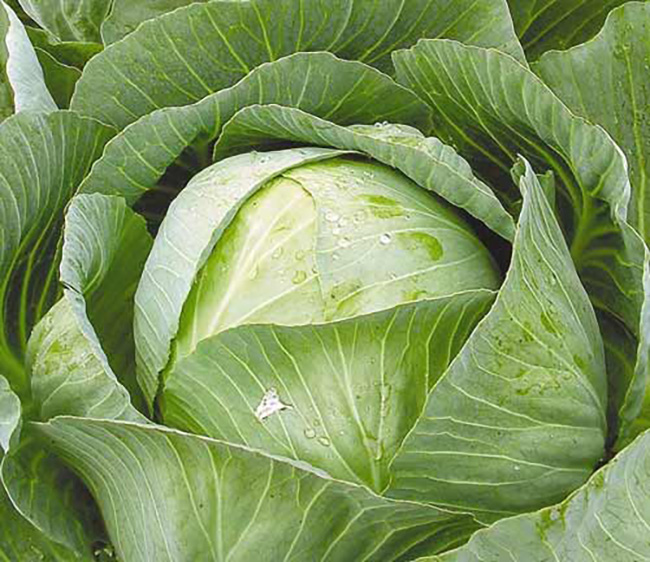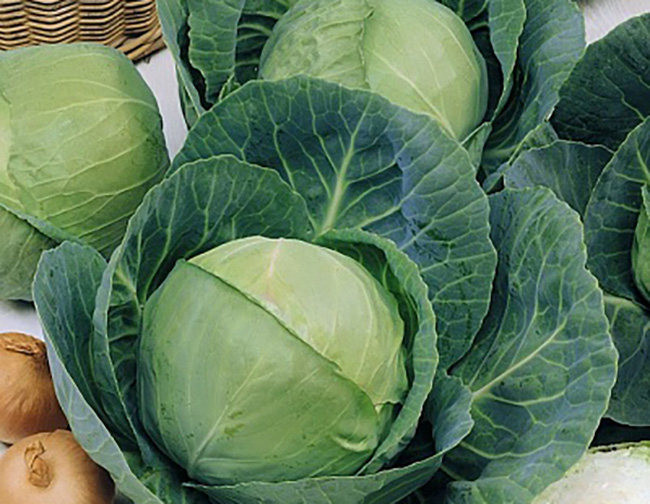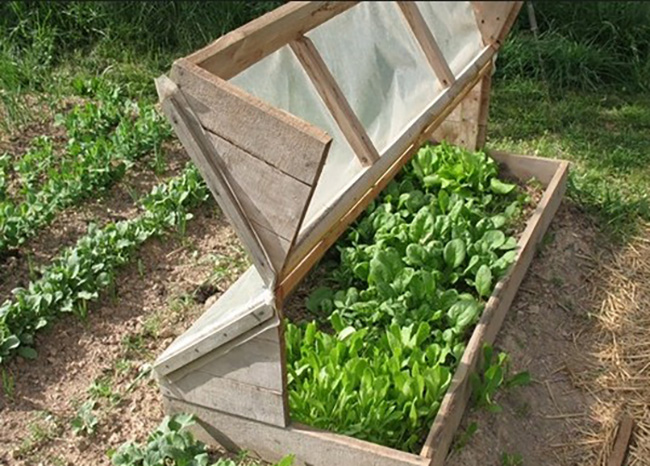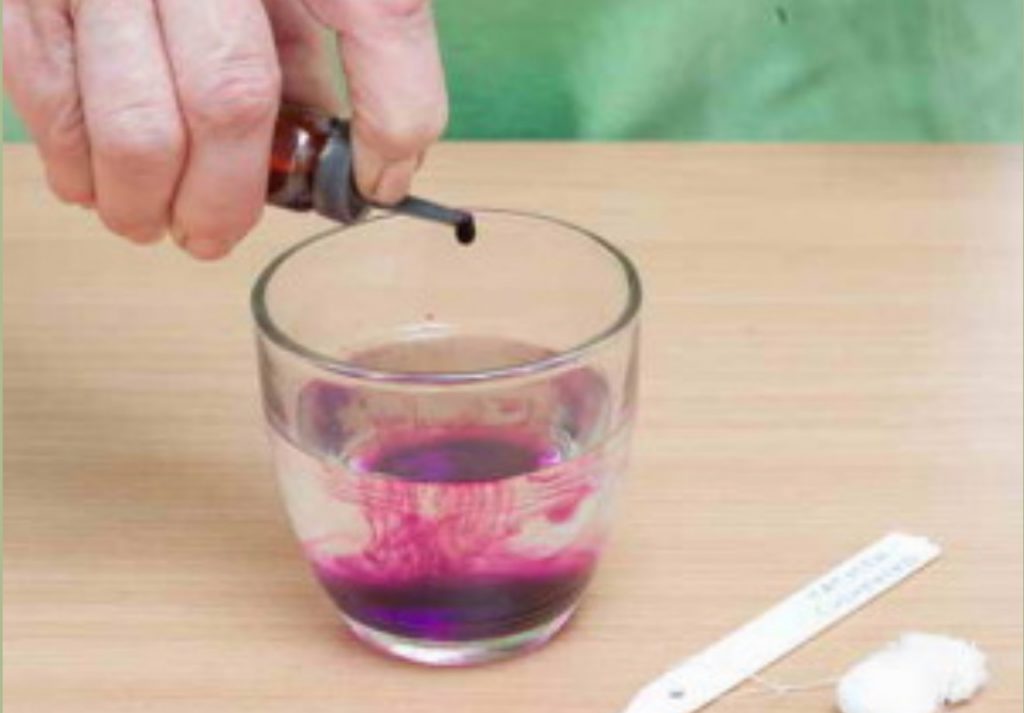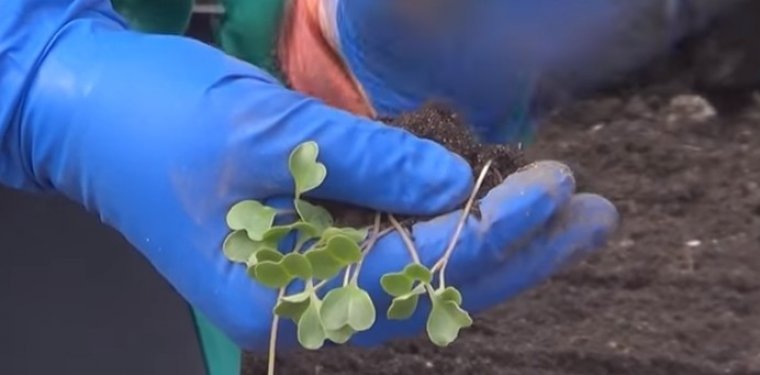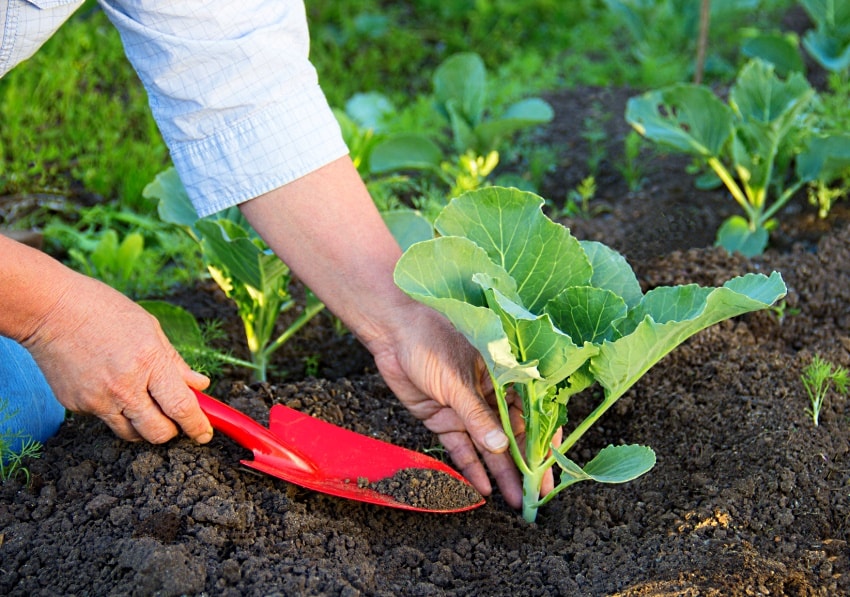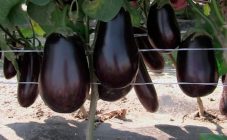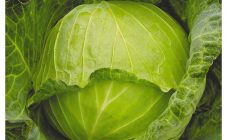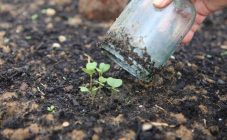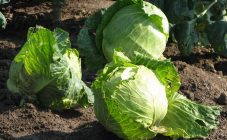Content:
Cabbage is a nutritious crop loved by gardeners. The Cruciferous family includes various types of cabbage: white cabbage, broccoli, Brussels sprouts, Peking cabbage, cauliflower, kohlrabi, Savoy.
Different varieties are used for fresh consumption, pickling and pickling, preparing various salads and preparations for the winter. The culture prefers sunny, open areas. Growing cabbage for seedlings in Siberia differs from other regions. The time for planting cabbage in the ground is selected taking into account the weather conditions of the current season, as well as focusing on the lunar calendar for a particular region.
Cabbage varieties for the Urals and Siberia
Arctic f1 is an early ripening hybrid suitable for regions with difficult climates. Cold-resistant, light and moisture demanding look. Ripe heads of cabbage form 45 days after planting the seedlings. A round-shaped head of cabbage that is resistant to cracking can be grown with an average weight of 1-1.5 kg. Early varieties are used for fresh consumption.
Sibiryachka 60 is a mid-season variety. The variety is resistant to cold and cracking. Heads of cabbage are well transported and suitable for short-term storage for up to 4 months. Rounded heads of cabbage form in 80-95 days and reach a mass of 2.1 to 4.3 kg. Suitable for fresh use and fermentation.
Orion f1 is a late-ripening high-yielding hybrid. Suitable for winter storage, showing excellent keeping quality of cabbages up to 9 months. Dense heads of cabbage, resistant to cracking, are well suited for fermentation. Cabbage grows up to 4-6 kg in weight.
Features of growing cabbage in the Urals
To grow cabbage in the northern regions, it is best to choose zoned varieties that are suitable for a given climate. Late cabbage varieties for the central regions may not have time to ripen in the Urals and Siberia.
A greenhouse is considered a good way to grow seedlings. In warm room conditions, seedlings grow poorly, wither and stretch out, because during the seedling period cabbage requires a low temperature of + 6 + 8 ° C. The exception is cauliflower, which is just suitable for growing seedlings at home.
In a greenhouse or under film shelters, the seedlings become more hardy and strong, they are less afraid of possible temperature drops and small frosts. In the northern regions, even when grown in a greenhouse, additional cover for seedlings with special non-woven materials may be required. In the event of a change in the weather towards a cold snap, a film is also used over the non-woven material in the greenhouse.
Disembarkation dates
When to plant cabbage seedlings in open ground in the Urals, you should decide based on the air temperature, but approximately in mid-May - early June. From sowing seeds to planting in open ground, 30-35 days should pass. The term for growing white cabbage seedlings may be slightly longer.The seedlings should not outgrow and have 7-8 true leaves at the time of transplantation. Overgrown, long-stemmed seedlings will not form good heads.
They are also guided by the time of planting by the variety and type of cabbage. Kohlrabi should be sown using direct sowing into the ground. Also take into account the growing season indicated in the information for the variety, so that the cabbage has time to ripen, especially for late species.
Seed treatment and preparation
Before sowing, it is important to pickle the seeds, because they accumulate and retain pathogens, of which there are many in cabbage. For etching, soaking in a solution of natural fungicides is used. For example, phytosporin for cabbage, it is dissolved using boiled chilled water, and not from the tap. Chlorinated water will destroy the living organisms present in the preparation. Dilute the drug according to the instructions and soak the seeds for 30 minutes.
For disinfection, a solution of cherry-colored potassium permanganate is also used. In potassium permanganate, the seeds are soaked for 20-30 minutes.
In order to find out the percentage of seed germination, they can be germinated in a damp cloth.
Cabbage seeds should be planted without deepening, either sprinkled with the top layer of soil or without. For sprinkling crops, a minimum amount of soil is required.
To plant seeds, use the popular advice: before placing the seeds on the soil, a small amount of fresh snow is poured into the seedling container. Dark seeds are clearly visible on white snow, and besides, during thawing, it will well press the seeds to the soil. Seeds using snow can be sown without further covering with soil, but be sure to cover with foil.
Hardening of seedlings
Two weeks before planting in open ground, the seedlings must be hardened. Hardening is carried out for the gradual adaptation of the culture to a lower temperature, more air and light, which differs from growing seedlings. Hardening will help the seedlings adapt faster in a permanent place and accelerate their survival and growth. For hardening, the seedlings are taken out into the street, and when grown in a greenhouse, windows or doors are opened. 2-3 days before planting, seedlings are treated with fungicides for disease prevention. To do this, use Bordeaux liquid or phytosporin.
Dive seedlings
Cabbage is grown both with and without a subsequent pick. Both methods have their advantages. When planting seeds directly into separate cups is used, the tender seedlings are not injured during transplantation. When using plantings with a dive, the cabbage seedling becomes stronger.
In order for the plant to form a strong root system and not to stretch out, it should be seated separately from the total container individually. The pick is made during the formation of the first small leaves, called cotyledons. Cotyledonous leaves appear about one week after planting the seeds. Seedlings should be planted in separate containers in the same substrate that was used for sowing.
Soil preparation
The soil for growing cabbage requires highly fertile, air-permeable and sufficiently moist. Cabbage does not tolerate stagnation of water, in which diseases begin immediately. Soils for growing cabbage should not be acidic; deoxidizers are used for this.
The culture does not like crowding, it is better to plant it in a checkerboard pattern, keeping 60 cm between individual plants.
At the beginning of the growing season, the crop requires maximum watering.
Top dressing
The growth of quality heads of cabbage requires a large amount of fertilizer.Cabbage is responsive to organic fertilizing such as humus and manure. At the beginning of growth, nitrogen-containing fertilizers are used: ammonium nitrate or urea. They use complex universal mineral fertilizers.
Differences in planting cabbage in the Urals, Siberia and the Altai Territory
Differences in planting cabbage in the northern regions lies in the choice of zoned varieties, taking into account the length of the growing season of crops. Late varieties may not have time to ripen before the cold weather. Even in a greenhouse, additional cover for seedlings may be required in case of possible weather changes. The rest of the cultivation of various types of cabbage does not differ from other regions.
The benefits of cabbage are high, it is not lost during harvesting by fermentation, but acquires new useful qualities. Cabbage is a hypoallergenic product that can replenish the body's vitamin balance in winter.
